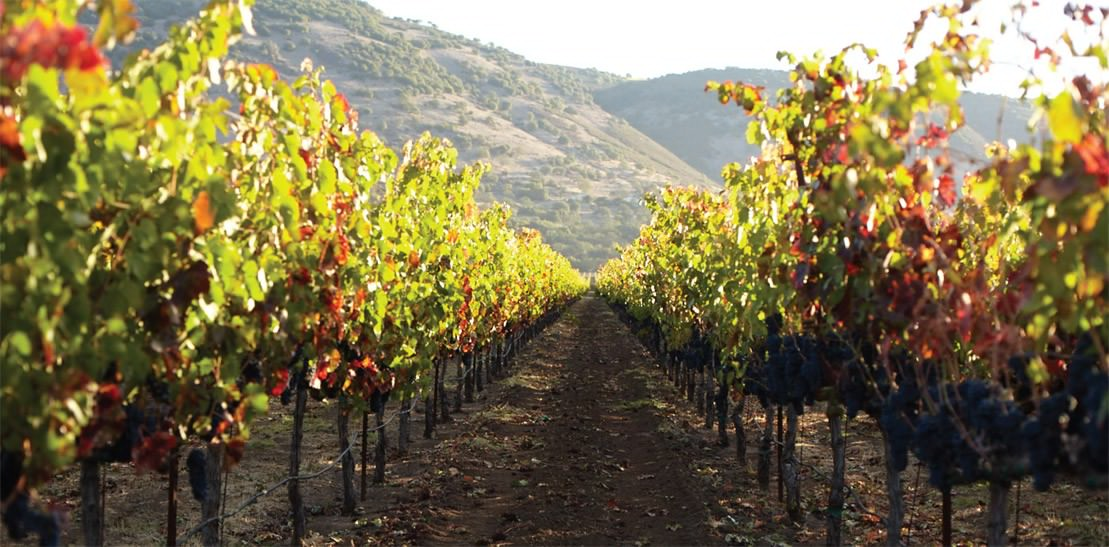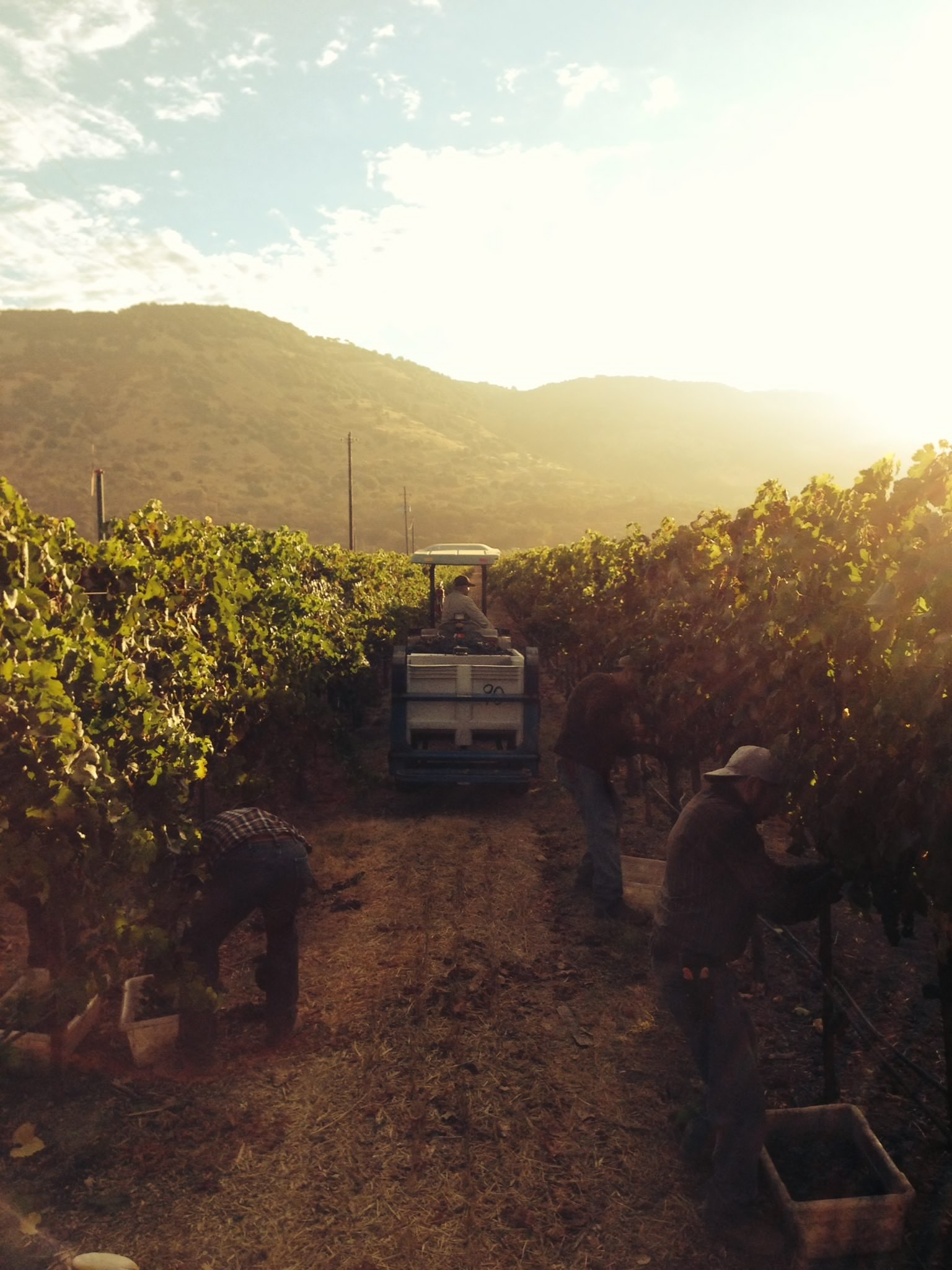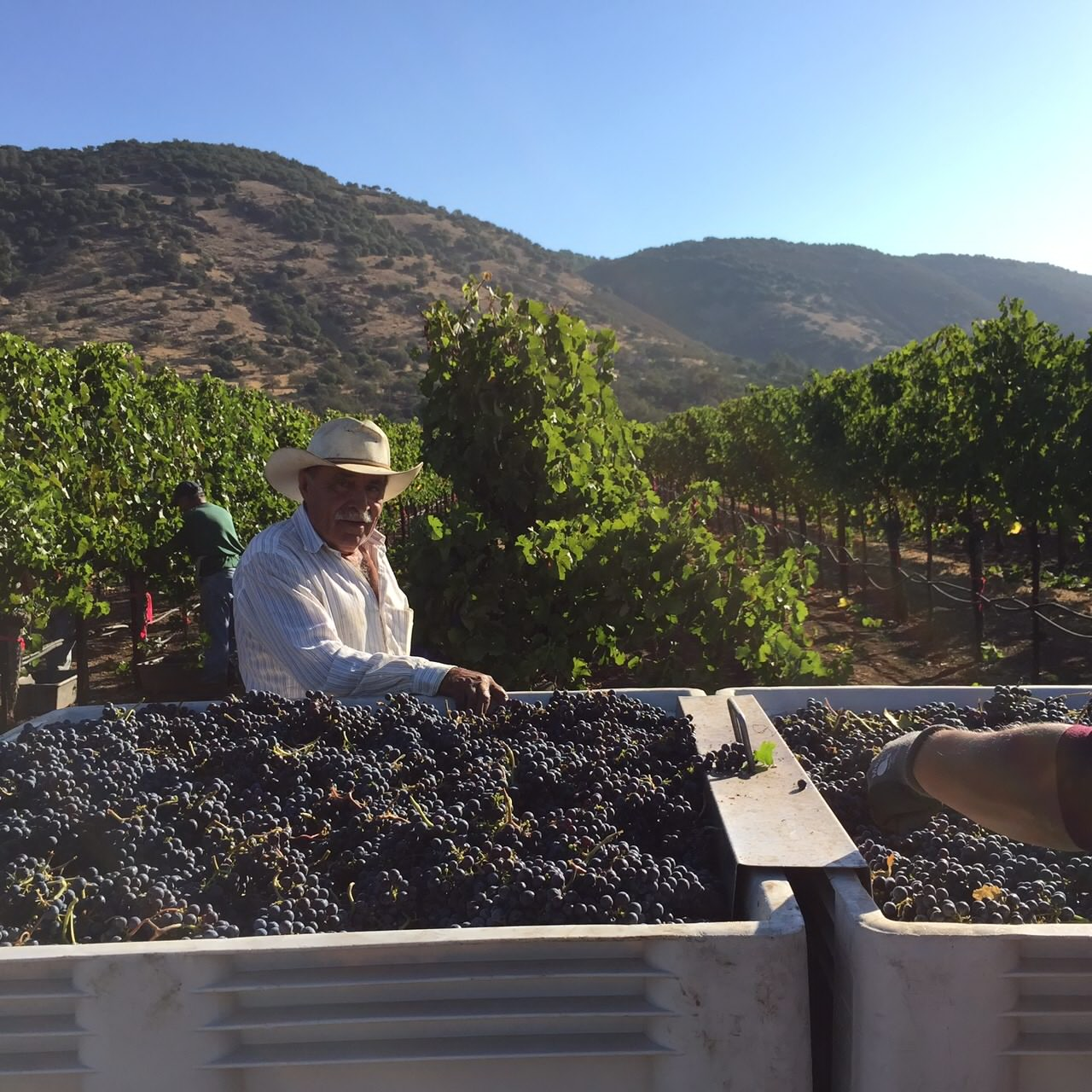


Posted: May 2, 2016
Our Fortuna Vineyard is a special site for us. It’s been recognized for the exceptional fruit it produces and the single vineyard wines we craft from it. The vineyard has both old vines and young vines, and a gradiation of two soil types. Depending on where the fruit is growing on the property, we can see different flavor profiles and impact of site. We make our wines lot by lot, and this site gives us the added challenge during harvest to pick the fruit in a detailed, painstaking manner to capture the very best of the vineyard, by soil type and by lot. But while the soil is varied, there is an astonishing consistency in the site and the wines we craft from the land. Our winemaker, Peter Heitz, notes that it’s a great balancing act between purity and the tannin structure in the fruit that is grown there. The wine we make from this site tends to express itself early on, and is very pretty from the get go. Our single vineyard Cabernet Sauvignon is often characterized as being smooth, with sweet spiced tannin and a pretty red fruit and dark pepper note. Pure and delicious.
Out with the old, in with the new
Last year, we cleared acres of nearly 30-year-old vines that have had a great run, and in their place we are planting four new clones of Cabernet Sauvignon that are better suited for the soil. We’re implementing a new row orientation and spacing plan to shade the fruit from the sun exposure and rocky, reflective soils characteristic of this site. For the past vintage, we allowed the land to renew itself with cover crops, and now we have started the exciting task of planting the new vines. Our first fruit from these new plantings won’t come to bear until 2019, so it’s a bit of a patient wait, but we’re excited about the stunning quality we hope to see from these young vines planted on such a spectacular site. The project speaks to the forward vision, long-range planning that’s required of us as a family business. We have to make decisions that affect us years out – generations out – in fact. It’s a rewarding part of the process, and we’re excited to see how the new vines will express themselves.